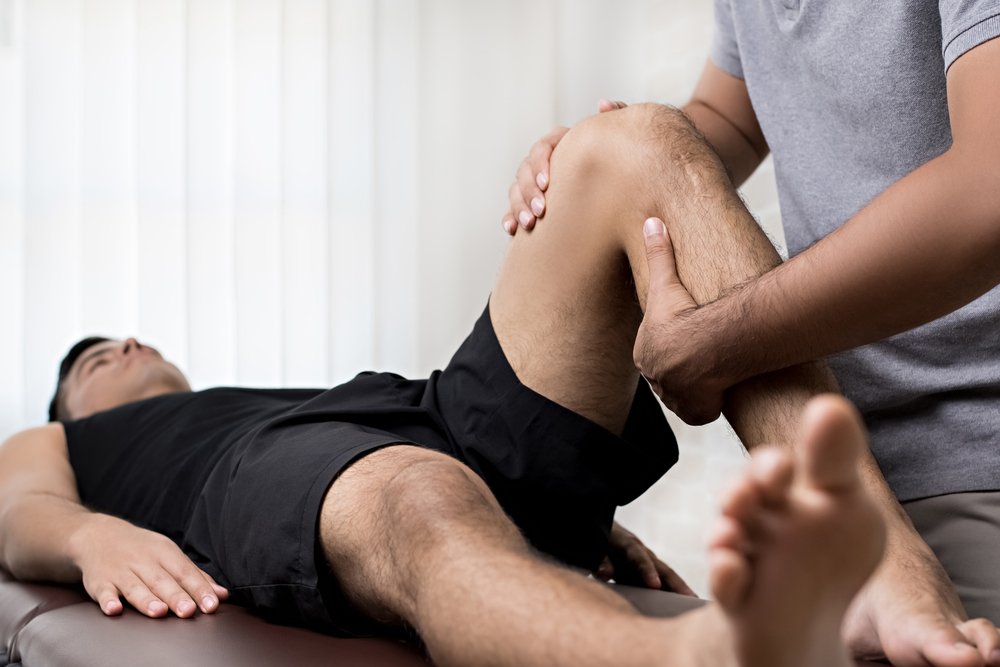Laser hair treatment, also known as laser hair removal, is a popular method for achieving long-term hair reduction. While many people consider this treatment for its convenience and effectiveness, the cost can be a significant factor in the decision-making process.
Understanding what influences the cost of laser hair treatment cost can help potential clients make informed decisions and plan their budget accordingly. This article explores the various factors that impact the cost of laser hair treatment.
Treatment Area
One of the primary factors affecting the cost of laser hair treatment is the area of the body being treated. Different areas require different amounts of time, precision, and energy, which in turn influence the overall cost.
Small Areas
Small areas, such as the upper lip, chin, or underarms, typically cost less because they require less time and fewer laser pulses. These treatments can often be completed in a matter of minutes, resulting in lower overall costs.
Medium Areas
Medium-sized areas like the bikini line, face, or neck require more time and effort than small areas, leading to higher costs. These areas also may need more sessions to achieve the desired results.
Large Areas
Large areas, such as the legs, back, or chest, are the most expensive to treat due to the extensive time and number of laser pulses needed. These treatments are more time-consuming and require a higher level of precision, which contributes to the increased cost.
Number of Sessions Required
The total cost of laser hair treatment also depends on the number of sessions required to achieve optimal results. Hair grows in cycles, and laser hair removal is most effective during the active growth phase. As a result, multiple sessions are needed to target all the hair follicles effectively.
Typical Number of Sessions
Most people need between six to eight sessions to see significant hair reduction. However, the exact number of sessions can vary based on individual factors such as hair type, skin tone, and the area being treated.
Additional Sessions
Some individuals may require additional sessions beyond the typical range to achieve the desired level of hair reduction. Factors such as hormonal imbalances or persistent hair growth can necessitate more treatments, increasing the overall cost.
Clinic Location
The geographical location of the clinic plays a significant role in the cost of laser hair treatment. Prices can vary widely based on the cost of living and demand for cosmetic treatments in different regions.
Urban vs. Rural Areas
Clinics located in urban areas or major cities often charge higher prices due to the higher cost of living and greater demand for cosmetic procedures. Conversely, clinics in rural areas or smaller towns may offer lower prices due to lower overhead costs and less competition.
Regional Differences
There are also regional differences in pricing. For example, laser hair treatment may be more expensive in regions known for their high cost of living, such as California or New York, compared to regions with a lower cost of living.
Clinic and Technician Expertise
The expertise and reputation of the clinic and technicians performing the treatment can significantly impact the cost. Higher-quality services typically come with a higher price tag.
Experienced Technicians
Clinics employing highly experienced and certified technicians often charge more for their services. These technicians have the knowledge and skills to provide safe and effective treatments, which can justify the higher cost.
Reputable Clinics
Reputable clinics with a strong track record of successful treatments and satisfied clients may also charge premium prices. The reputation of a clinic can be a good indicator of the quality of service and the likelihood of achieving the desired results.
Type of Laser Technology
The type of laser technology used in the treatment can influence the cost. Different types of lasers are designed for various skin tones and hair types, and some are more advanced and expensive than others.
Alexandrite Laser
The Alexandrite laser is effective for lighter skin tones and is known for its fast treatment times. While it can be more expensive due to its efficiency, it offers quick results for suitable candidates.
Diode Laser
The Diode laser is versatile and can be used on a variety of skin types. It is one of the most commonly used lasers in hair removal and typically offers a good balance between cost and effectiveness.
Nd
Laser
The Nd
laser is suitable for darker skin tones and can penetrate deeper into the skin. This laser type may be more expensive due to its advanced technology and the expertise required to operate it effectively.
IPL (Intense Pulsed Light)
IPL is not a laser but a broad-spectrum light that can be used for hair removal. It is often less expensive than laser treatments but may require more sessions to achieve similar results.
Additional Costs
There are several additional costs associated with laser hair treatment that clients should be aware of. These can add to the overall expense of the treatment.
Consultation Fees
Some clinics charge a consultation fee for the initial assessment and discussion of the treatment plan. This fee can vary and may or may not be applied to the cost of the treatment.
Aftercare Products
Aftercare is an essential part of the laser hair removal process. Clinics may recommend or provide aftercare products such as soothing creams, sunscreens, or exfoliating agents, which can add to the overall cost.
Maintenance Sessions
Even after completing the initial series of treatments, some individuals may require maintenance sessions to keep hair growth at bay. These sessions, while less frequent, represent an ongoing cost.
Financing and Payment Plans
Given the potential high cost of laser hair treatment, many clinics offer financing options or payment plans to make the treatment more accessible.
Financing Options
Some clinics partner with financing companies to provide loans or credit options for their clients. These financing options can spread the cost of treatment over several months or years, making it more manageable.
Payment Plans
Clinics may also offer in-house payment plans that allow clients to pay for their treatments in installments. These plans can be tailored to fit individual budgets and financial situations.
Discounts and Special Offers
Clinics often provide discounts and special offers to attract new clients or retain existing ones. These promotions can significantly reduce the cost of laser hair treatment.
Package Deals
Many clinics offer package deals that bundle multiple sessions at a discounted rate. These packages can provide significant savings compared to paying for each session individually.
Seasonal Promotions
Clinics may run seasonal promotions or special offers during certain times of the year, such as holidays or anniversary sales. Taking advantage of these promotions can reduce the overall cost.
Referral Discounts
Some clinics offer referral discounts to clients who refer friends or family members for treatment. These discounts can be applied to future sessions, lowering the overall cost.
Conclusion
The cost of laser hair treatment is influenced by a variety of factors, including the treatment area, number of sessions required, clinic location, technician expertise, type of laser technology, and additional costs. Understanding these factors can help individuals make informed decisions and budget effectively for their treatments. By exploring financing options, taking advantage of discounts and special offers, and choosing the right clinic and technology, clients can achieve the desired results at a cost that fits their budget.





